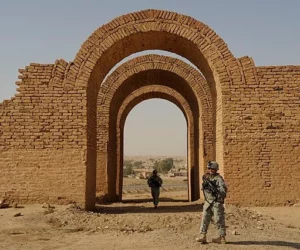Assur, also known as Ashur, was an ancient city, religious capital, and the namesake of the Assyrian Empire. It is located on the western bank of the Tigris River in northern Mesopotamia, in modern-day Iraq. The city holds immense historical significance due to its role as a political and religious center over several millennia. Assur…
Assyrian Empire
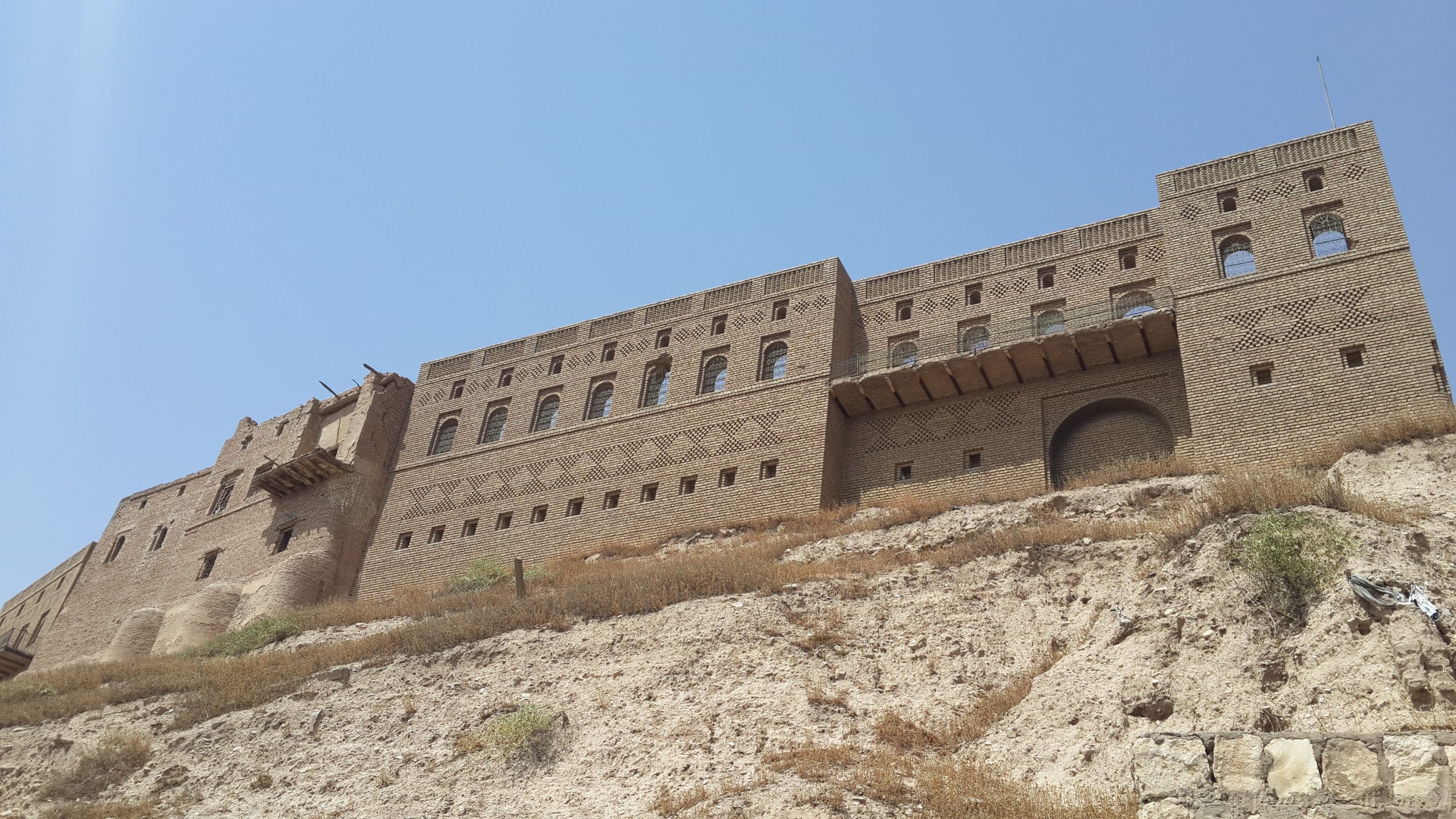
The Assyrian Empire, one of the most powerful and influential civilizations of the ancient Near East, flourished between the 25th century BC and 609 BC. Originating from the region of Assyria in Upper Mesopotamia, which corresponds to present-day northern Iraq, southeastern Turkey, northeastern Syria, and northwestern Iran, the empire is renowned for its military prowess, architectural innovations, and contributions to the administration and governance systems. The Assyrians were Semitic people who spoke Akkadian and later adopted Aramaic. Their empire was characterized by a series of powerful rulers who expanded their territories through relentless military campaigns, making Assyria the dominant power in the Near East at its zenith. The Assyrian Empire’s military might was unparalleled, with a well-organized army that was the first to use iron weapons extensively. Their military strategies included siege warfare, psychological warfare, and the use of terror tactics, which were instrumental in their conquests. The Assyrians were also pioneers in the use of chariots and cavalry units, which added to their battlefield superiority. The empire’s expansion was fueled by its military successes, which allowed it to control vast territories stretching from the Persian Gulf to the Nile River and from the Caucasus to the Arabian Peninsula at different points in its history.
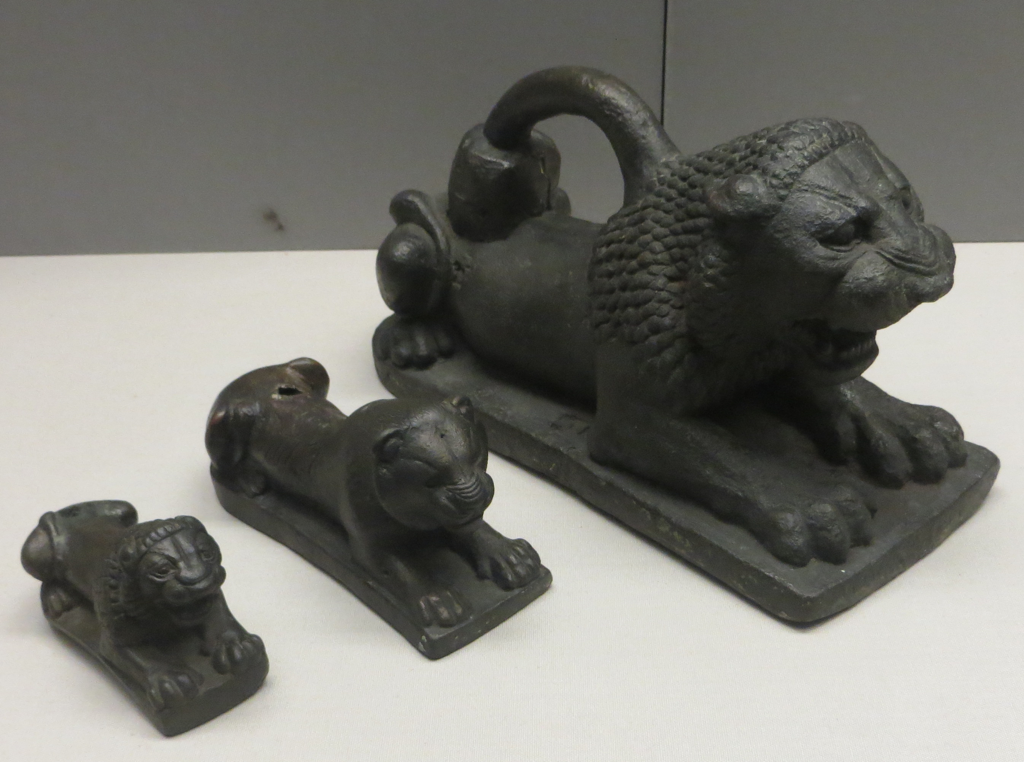
Administratively, the Assyrian Empire was ahead of its time, implementing systems and policies that ensured efficient governance and control over its vast territories. The empire was divided into provinces, each governed by an appointed official who reported directly to the king. This centralized system of administration facilitated communication, the collection of taxes, and the mobilization of resources and troops across the empire. The Assyrians also developed an extensive road network and a postal system, which were crucial for maintaining control and facilitating trade throughout the empire. Culturally, the Assyrians made significant contributions, particularly in the fields of art and architecture. They are known for their relief sculptures, which adorned the walls of their palaces and temples, depicting scenes of hunting, battles, and religious rituals. These works of art provide valuable insights into Assyrian society, culture, and religion. The empire’s architectural achievements include the construction of grand palaces and the development of the aqueduct system, which improved irrigation and boosted agriculture. Despite its eventual fall in 609 BC, the Assyrian Empire left a lasting legacy that influenced subsequent civilizations in the Near East and beyond, cementing its place in the annals of history as a formidable and innovative power.
Assyrian Archaeological sites and Artifacts
FAQ: Exploring the Ancient Assyrian Empire
What country is Assyria now?
The ancient region of Assyria, once a powerful empire, is now primarily located within the modern-day borders of Iraq. Portions of it also extend into southeastern Turkey, northeastern Syria, and northwestern Iran. This area, rich in history, was the heartland of the Assyrian civilization, which thrived thousands of years ago.
What was the Assyrian Empire known for?
The Assyrian Empire is renowned for several key aspects: – Military prowess: The Assyrians were known for their formidable army and innovative military strategies, which allowed them to conquer and control a vast empire. – Administrative efficiency: They established a highly organized administrative system to manage their empire, including the use of governors and a postal system. – Architectural achievements: The Assyrians built impressive structures, including the famous city of Nineveh, with its grand palaces and libraries. – Cultural contributions: They made significant advancements in art, literature, and law, influencing the civilizations around them and those that followed.
How did the Assyrian Empire fall?
The fall of the Assyrian Empire was a result of a combination of internal strife, economic difficulties, and military pressures. By the end of the 7th century BCE, the empire faced rebellions within its territories and was attacked by a coalition of its enemies, including the Babylonians, Medes, Persians, Chaldeans, and Scythians. The decisive blow came in 612 BCE when Nineveh, the Assyrian capital, was captured and destroyed by the Babylonians and Medes. This event marked the end of the Assyrian Empire as a dominant power in the ancient Near East. What was the Assyrian religion? The Assyrian religion was polytheistic, with a pantheon of gods and goddesses worshipped by its people. The chief deity was Ashur, the god of war and the patron god of the Assyrian Empire, from whom the empire derived its name. Other important deities included Ishtar, the goddess of love and war; Sin, the moon god; and Shamash, the sun god and god of justice. Religious practices involved prayers, sacrifices, and festivals, and the Assyrians believed in the importance of appeasing their gods to ensure the prosperity and stability of their empire.
What is meant by the Neo-Assyrian Empire?
The term “Neo-Assyrian Empire” refers to the last and most powerful phase of the Assyrian Empire, which lasted from around 911 BCE to 609 BCE. This period is characterized by the empire’s expansion to its greatest territorial extent, encompassing much of the Near East, including Mesopotamia, parts of Anatolia, the Levant, and Egypt. The Neo-Assyrian Empire is noted for its military innovations, extensive use of cuneiform for administrative purposes, and monumental building projects. It was during this time that the Assyrian Empire became the largest empire the world had seen up to that point and set a model for future empires in terms of administration and military organization.
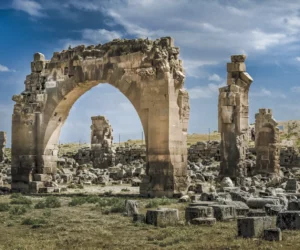
Harran Ancient City
Harran: An OverviewHarran is a municipality and district in Şanlıurfa Province, Turkey. Its area is 904 km², and its population is 96,072 as of 2022. Harran is located 40 kilometers southeast of Urfa and 20 kilometers from the Syrian border crossing at Akçakale.Historical SignificanceHarran was founded between the 25th and 20th centuries BC. Sumerian traders…
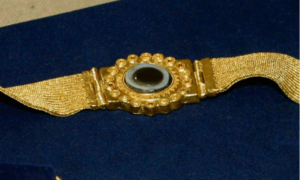
Treasure of Nimrud
In the annals of archaeological discoveries, few finds have sparked as much excitement and awe as the treasure of Nimrud. Unearthed in the 1980s, this collection of artifacts from the ancient Assyrian city of Nimrud, located in the Tigris Valley of Northern Iraq, rivals the discovery of King Tutankhamun’s tomb in its historical significance and the sheer beauty of the items recovered. Yet, despite its importance, the treasure of Nimrud has not reached the same level of global recognition as its Egyptian counterpart.
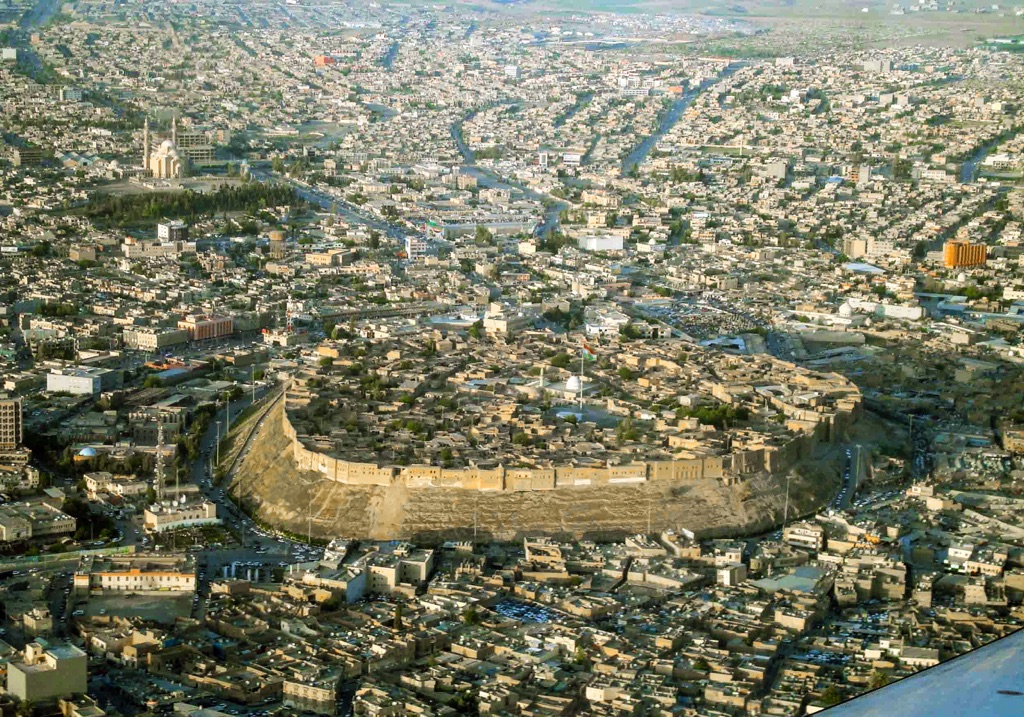
Erbil Citadel
The Erbil Citadel, a historical marvel, stands as a testament to the rich tapestry of human civilization. Perched on a prominent tell, or occupied mound, it dominates the skyline of Erbil, the capital of Iraqi Kurdistan. This ancient structure is one of the oldest continuously inhabited sites in the world, with evidence suggesting that its history stretches back at least 6,000 years. The citadel’s strategic position has seen it witness countless cultural and historical shifts, from the Assyrians to the Ottomans, and it remains a symbol of the enduring human spirit.
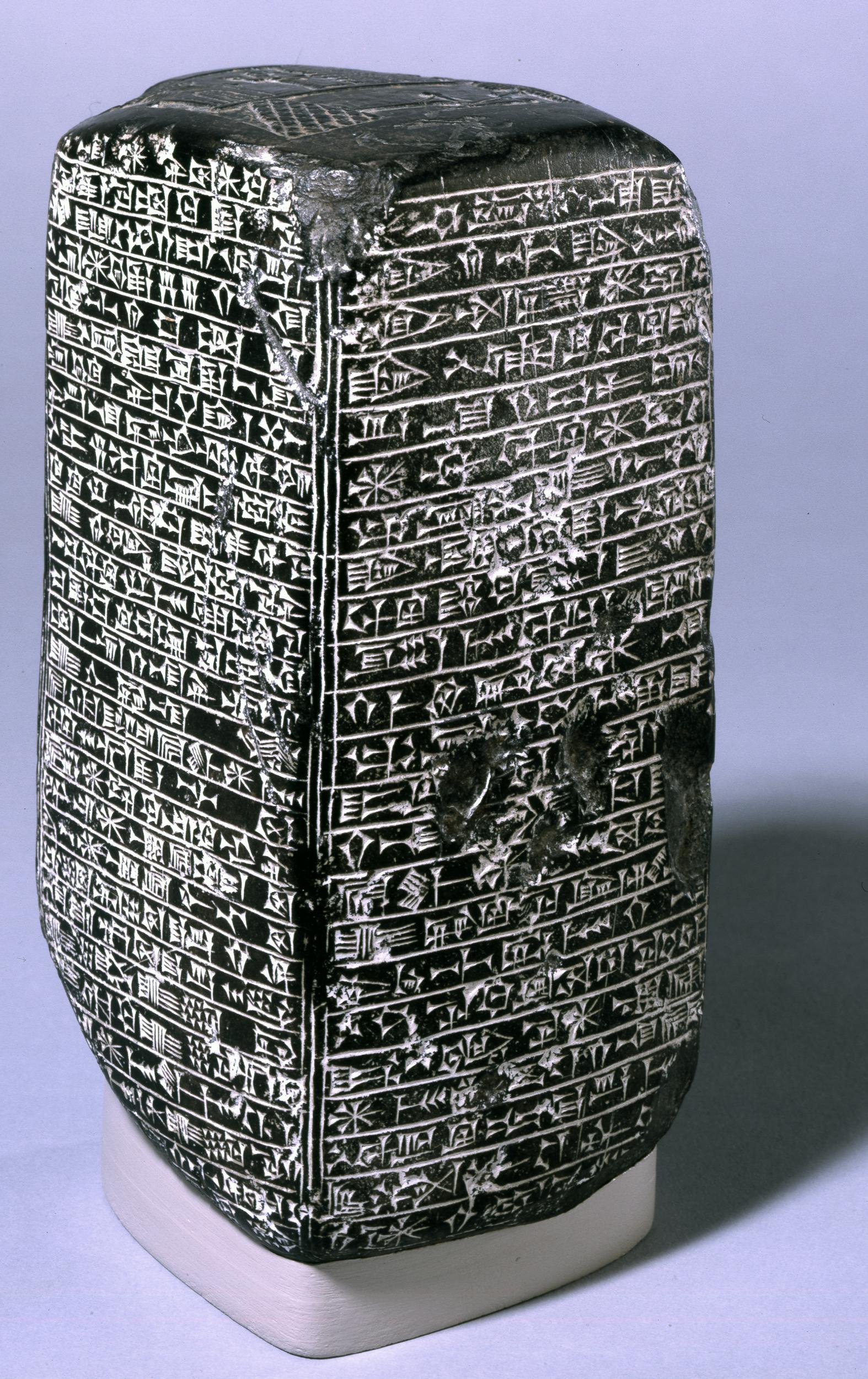
The Assyrian Stone Monument of Esarhaddon
The Assyrian Stone Monument of Esarhaddon is a significant artifact from ancient Mesopotamia. It commemorates the reign of Esarhaddon, King of Assyria from 681 to 669 BC. The monument is a testament to Assyrian art and culture, showcasing the empire’s power and the king’s achievements. It provides valuable insights into Assyrian history, religion, and language. The monument is a source of fascination for historians and archaeologists alike, as it offers a glimpse into one of history’s most powerful empires.

Assyrian lion weights
The Assyrian lion weights are a remarkable testament to the advanced craftsmanship and trade practices of the ancient Assyrian civilization. These small bronze sculptures, shaped like lions, served as a standard measure for commodities and were integral to the economic system of Assyria. They reflect the society’s high regard for accuracy in trade and the…

